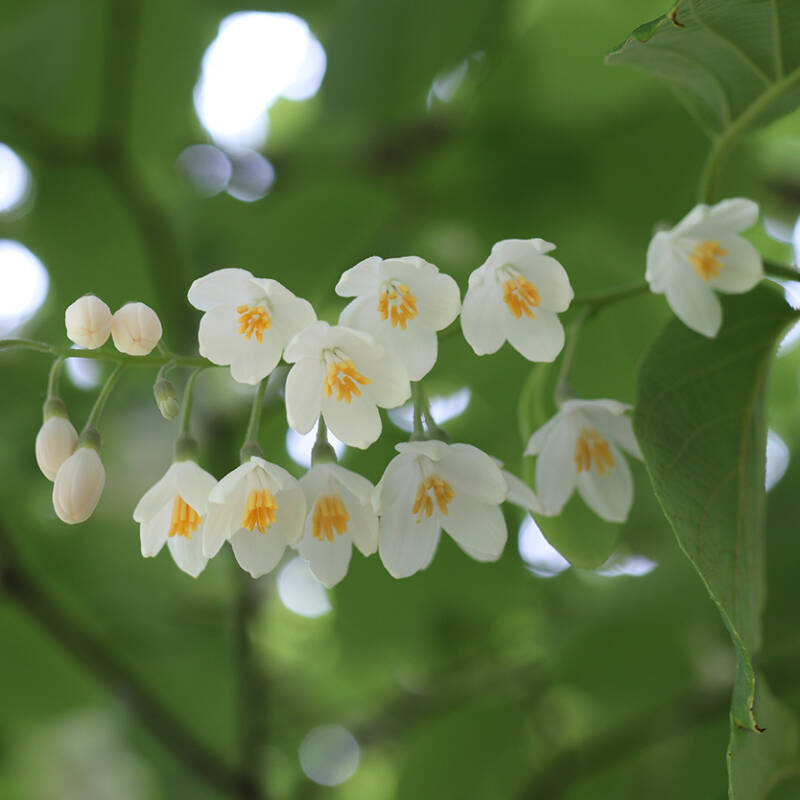This is the story of a bay tree that asked to move back indoors.
It’s usually the other way around. Anyone who has overwintered frost-tender plants knows that botanical cabin fever is real. Dry air, artificial heat, and a lack of sunlight take their toll. Scale insects attack. Spider mites arrive. And aphids? Where they do they come from, in February? Those plants can’t wait to get back out into the fresh air and sunshine. In early spring, when the first batch of nights-above-50 arrives, I shoo out my flock of indoor trees: a collection of citrus, and a bay, which asked recently—politely—to be returned inside.
It’s how I learned that bay laurel may be the perfect houseplant: Evergreen, low-maintenance, and edible. For apartment dwellers and cold-climate gardeners bay trees offer the pleasure of no-fuss greenery with the bonus of deeply aromatic leaves whose flavor when fresh is incomparable.
Photography by Marie Viljoen

Bay trees (Laurus nobilis) are native to the Mediterranean. In similar climates (wet, mild winters; warm, dry summers) the trees can grow up to 40-plus feet and live in-ground, year-round. Where winters are colder than USDA Zone 8, bay trees cannot survive outdoors in the cold months. Growing them in pots allows them to be moved. In containers they grow as large as you let them, bearing in mind that they need to remain portable. Their potted size will also be kept in check by root-pruning.

My own bay is seldom bothered by pests, requires infrequent watering, and, as I have realized – late – may actually prefer being inside during wilting New York City summers. The first clue to its easy-going nature came one winter when the tree lost its sunny indoor spot to a new yuzu: the bay was unceremoniously bumped to a dreaded and sunless north-facing window. Despite the demotion it remained resolutely green and healthy. This was a surprise.

Around late April the bay moves outdoors. Our Brooklyn NY, Zone-7b terrace receives sunlight from sunrise until early afternoon (less in early spring and fall). With a heat-retaining brick wall at its back, the increasing heat and humidity of Northeastern summers become stressful for the bay: In summer some of its mature leaves scald, turning pale, while new, red foliage wilts. When I noticed those tender leaves drooping on hot days, and slowly perking up in shaded afternoons, I decided to reverse the move. The tree was carried back to its winter spot beside the now-open sliding door to the terrace. I could almost hear a leafy sigh of relief.

Its origins may help explain this. Despite the perception of its native Mediterranean as being harsh and dry, bay’s natural habitat is not one of parched, sun-bitten cliffs. Instead, Laurus nobilis evolved in shaded ravines and damp places. Bay is a forest tree, a relic of subtropical forests covering the southern part of Europe millions of years ago. My tree wanted to be in a forest. In high shade.
Or, in urban heat-island terms, that north-facing window.

Bay trees can be bought at most local nurseries, or online. If you don’t have outdoor space or live in USDA zones colder than 8, they will live in a pot permanently. That pot must have drainage holes. Good drainage is key to their health, in containers. Water them deeply and allow them to dry out almost completely before watering again. In their dormant, winter season (they remain evergreen) this may be as infrequently as once every ten days to two weeks. Plant them in a potting soil mix and fertilize them roughly every three months (I use Holly Tone).

About every two years you will need to slide the bay out of its pot to trim its roots. In fall or early spring use a hori or a saw to cut off enough roots top and bottom to return the tree to the same pot with one-to-two inches of free space all around. Add fresh potting soil and water at once.

Root-pruning encourages the growth of new white feeder roots, which deliver nutrients to the tree.

The trimmed branches are of course loaded with aromatic leaves, and this is your chance to splurge.


Using fresh bay with abandon reveals just how fragrant this herb is.


Plums Poached with Bay and White Wine
White wine and bay leaves turn into a scented syrup for this slow-poached fruit dessert. You can also use peaches, nectarines, or pears. Leftover fruit is delicious in cakes, atop focaccia, or spooned onto yogurt, for breakfast. The syrup is wonderful stirred or shaken into drinks.
- 12 medium plums, washed
- 3 cups white wine
- 1/3 cup sugar
- 10 fresh bay leaves
Combine the wine and sugar in saucepan and stir to dissolve the sugar. Add the bay leaves. Place the plums in the pan, nestling them on top of the bay leaves. Bring the liquid to a simmer over medium heat. Cover and reduce the heat to low. Cook for a gentle hour. Remove the lid and turn each fruit over. Poach for another, covered hour. Check the liquid periodically. It should reduce but should never dry up. If it does, add a splash over water. Serve warm or cool.
For more on trees, see:
- So You Grew a Lemon: Now What? 7 Easy Ideas
- Expert Advice: 5 Best Fruit Trees to Grow for the Home Garden
- Gardening 101: Pomegranate









Have a Question or Comment About This Post?
Join the conversation